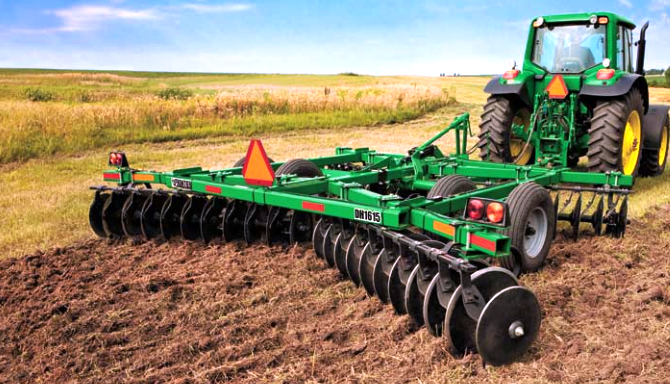- This topic is empty.
- AuthorPosts
- ጥር 21, 2025 at 11:19 ፒኤም #543543

Agriculture and rubber manufacturing are two interconnected sectors that contribute significantly to global economies.
The cultivation of rubber and its subsequent processing into various products is a vital part of both agriculture and industrial manufacturing.
Rubber farming and its transformation into finished goods have created jobs, spurred economic growth, and met the ever-growing demand for rubber-based products.
In this article, we explore how agriculture and rubber manufacturing work together and their impact on global markets.
1. The Role Of Agriculture In Rubber Production
Agriculture plays a crucial role in rubber production, as rubber comes primarily from the rubber tree (Hevea brasiliensis).
These trees are grown in tropical climates, such as in Southeast Asia, Africa, and parts of South America. Farmers cultivate rubber trees over several years, allowing them to tap into the trees for latex, the milky substance extracted from the bark.
The latex is then collected and processed, marking the beginning of the rubber manufacturing process.
Farmers must follow specific agricultural practices, including proper planting, maintenance, and tapping techniques, to ensure a steady supply of latex. Successful rubber farming is highly dependent on soil quality, climate, and effective management practices.
2. Rubber Processing: From Latex To Finished Products
Once latex is harvested from rubber trees, it undergoes various processing steps to transform it into usable products. This is where rubber manufacturing comes into play.
The first step is coagulating the latex, turning it into solid rubber, often in the form of sheets or blocks. The raw rubber is then processed further, where it is mixed with additives to enhance its properties, such as increasing its strength or elasticity.
The processed rubber is then molded into various products, including tires, footwear, medical equipment, and industrial materials.
The versatility of rubber allows for a wide range of manufacturing possibilities, meeting the demands of diverse industries. This connection between agriculture and manufacturing is essential for the continued supply of rubber products globally.
3. Impact Of Rubber Manufacturing On The Economy
Rubber manufacturing is a major economic driver, particularly in countries where rubber is grown in large quantities.
The production of rubber products provides employment opportunities in both agriculture and industrial sectors. Rubber plantations create jobs for farmers, while rubber factories contribute to urban employment in manufacturing, research, and development.
In addition to local economic growth, the global demand for rubber ensures that manufacturers and exporters play a crucial role in international trade.
Countries like Thailand, Indonesia, and Malaysia are among the largest producers and exporters of natural rubber, contributing to the global economy and facilitating the development of trade relations.
4. Environmental Challenges And Sustainable Practices
While rubber farming and manufacturing offer significant economic benefits, they also present environmental challenges.
The expansion of rubber plantations has sometimes led to deforestation, land degradation, and loss of biodiversity. Moreover, the manufacturing of rubber products involves the use of energy and chemicals, which can contribute to environmental pollution if not properly managed.
To address these concerns, both agriculture and manufacturing industries are increasingly turning to sustainable practices.
Sustainable rubber farming focuses on minimizing the environmental footprint, using organic farming techniques, and ensuring that the growth of rubber trees does not lead to the destruction of sensitive ecosystems.
Additionally, green manufacturing practices, such as reducing waste and implementing cleaner production technologies, are helping mitigate the environmental impact of rubber products.
5. The Future Of Agriculture And Rubber Manufacturing
The future of agriculture and rubber manufacturing is set to evolve with the increasing demand for sustainable and eco-friendly products.
As the global population grows and the need for rubber products increases, advancements in both agricultural practices and manufacturing technologies will be essential to meet demand without causing further harm to the environment.
Innovations such as synthetic rubber alternatives, more efficient harvesting techniques, and recycling methods for rubber products will likely shape the industry’s future.
Furthermore, the integration of digital technologies in both farming and manufacturing could improve efficiency, reduce waste, and enhance product quality.
Agriculture and rubber manufacturing are integral parts of the global supply chain, supporting economic development, creating jobs, and providing essential products used in countless industries.
As both sectors continue to evolve, the focus will likely shift toward more sustainable practices, ensuring that the benefits of rubber production are maximized while minimizing the environmental impact.
By balancing agricultural and industrial needs, the future of rubber farming and manufacturing looks promising.
Read Also: The Rubber Fruit: Economic Importance, Uses, and By-Products
- AuthorPosts
- You must be logged in to reply to this topic.

